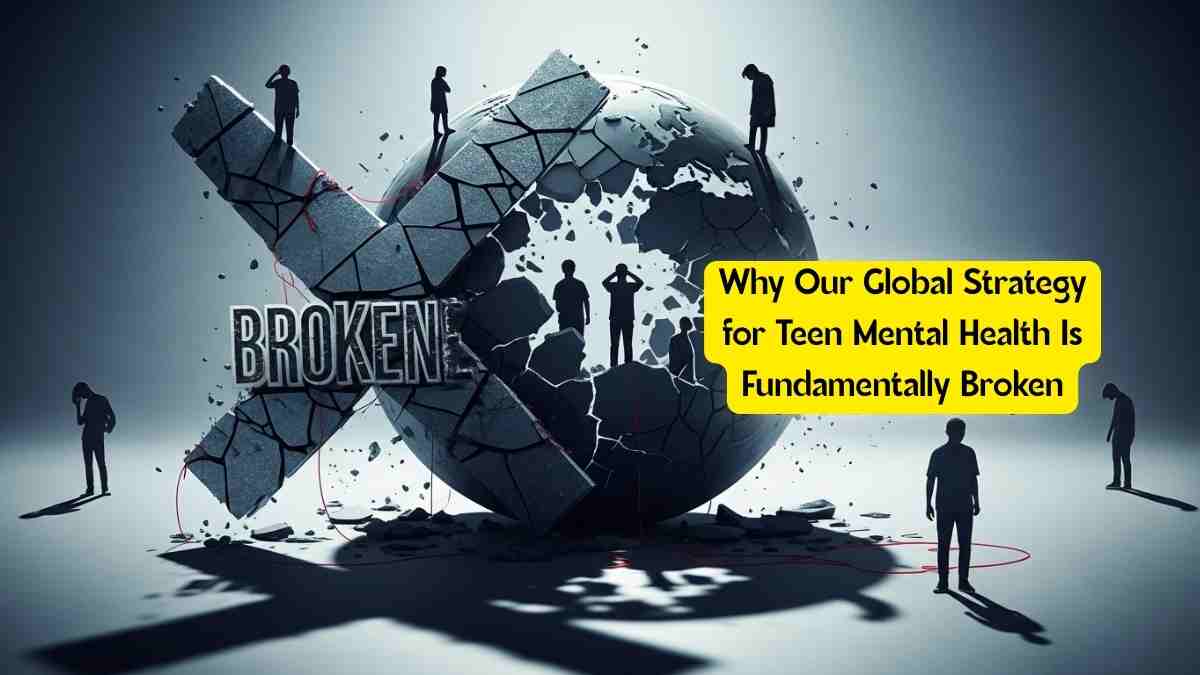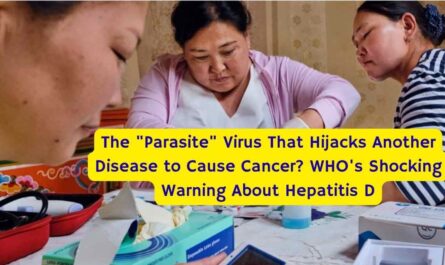Fighting the Youth Mental Health Crisis All Wrong? A New Global Report Says Yes.
There is a quiet emergency that the world is facing and that is the mental health of the youth. The way we treat such issues is concerning. We put money toward “fixing” the issue and we try to treat opposed to prevent. What if the new approach we we’re adapting to solves a problem that further complicates it? An adolescent mental health review shows we’re great at “firefighting” but terrible at “fireproofing” mitigating risks.
Telethon Kids Institute and the University of Oxford was the marry of minds that were a part of the research conducted. The reocurring issue which attempted to explain the mental health strangulation in young people used data from 236 high quality case studies and focused on youth aged 10 to 24. The team implemented preventative strategy systems in the data and the result further vocalized the lack of balance that was found. The results positively showed that mentally preventing adolescent issues well accepted and widely practiced.
The Glaring Imbalance Between Prevention And Treatment Of Mental Health Problems
The article shared in Nature Mental Health elaborates how systematic the issue is. The ratio is prevalent: for every adolescent mental health issue preventing study, there are four treating ones. Treatment, as we all agree, is highly important. However, focusing solely on treatment indicates much greater problems, as we are consistently catching up, having to intervene only when a young adult is in psychological distress.
As Ganci underlines, the analogy she provided helps clarify the thinking behind the issue. “This is imbalance is akin to a community centered approach that invests on fighting fires without fireproofing our community, waiting for flames to erupt.”
It is especially worrisome given how significant our understanding is during the adolescent phase. The emergence of mental health problems is diagnosed before the age of 14 in 50% of the people. If treatment is the only approach provided, symptoms such as these point towards a strong focus on prevention that can greatly help in arming individuals prior to the chronic stage.
The Oversights in Research
The review did not just paint an overarching concern; they noted some gaps which are particularly important and are systematically ignored.
Prevention’s blind spots: These gaps capture self-destructing behaviors (suicide, self-harm, eating disorders, and substance use) which are urgent and concerning, yet their focus remains on disruption, lacking in preventing these crucial issues.
The Shocking Divide: Some low and middle-income countries which comprise the world’s largest adolescent population, remain absent in the scholarly landscape. The most troubling aspect is the overwhelming fixation on high-income nations, with almost 80% of the research hailing from the USA, Europe and Australia. This suggests the devised approaches and methodologies are tailored to a minuscule, privileged segment of the adolescent population. Alone, these approaches do not account for the multifaceted cultural, social, and economic concerns of the the youth in Asia, Africa, and Latin America.
Overemphasis on Anxiety and Depression: This has created a lag for most other prevalent disabling conditions to remain untackled in research and treatment. Anxiety and depression dominate the clinical landscape mainly because of the disproportionate attention and investment placed on them.
The Path Forward: A Shift In Global Priorities
The World Bank Group identified a critical gap between health expenditure and its distribution. Funding has instead been directed to health programs and technologies to “save lives,” while prevention-based research has been neglected.
As a senior author of the study, Professor Christensen underscored the continued focus on mitigation instead of prevention. “It’s concerning how little has been invested in understanding diverse global populations and how to effectively scale prevention,” she said. “Without such understanding, proactive measures will be halfhearted at best.”
If we are to hope in the prevention of the looming youth mental health crisis, it requires a shift from a crisis model to a holistic model which allows society to recuperate. Ultimately, the goal is to transform a society that is reactive to crisis into one that builds resilience, support, and fortifies from within.
Updated on August 20, 2025 with latest context.



